Mace is the lacy, reddish-orange outer covering (aril) of the nutmeg seed, carefully dried to create a warm, aromatic spice with a brighter, spicier flavor than its nutmeg counterpart. This definitive guide explains exactly what mace spice is, how it differs from nutmeg, and why it deserves a permanent spot in your spice collection.
Unlike nutmeg (which comes from the seed itself), mace offers a distinctive citrus-pepper complexity that elevates both sweet and savory dishes. As a professional chef with expertise in global spice traditions, I've witnessed how this misunderstood spice transforms ordinary recipes into extraordinary culinary experiences. In this comprehensive guide, you'll discover precisely what mace is, how to use it effectively, and why it's worth the slightly higher price tag.
Whether you're searching for 'what is mace spice' or wondering why your recipes lack depth, this guide delivers the precise information you need to confidently incorporate this historical spice into your cooking repertoire.
Table of Contents
- What Is Mace Spice? (The Direct Answer)
- Mace vs Nutmeg: Critical Differences Explained
- Context Boundaries: Optimal Use Cases & Limitations
- How to Use Mace in Cooking (Practical Applications)
- 5 Chef-Approved Tips for Perfect Mace Usage
- Optimal Mace Storage Methods for Maximum Flavor
- Frequently Asked Questions About Mace
- Mace History: Evolution Through Key Milestones
- Why Mace Deserves Your Attention
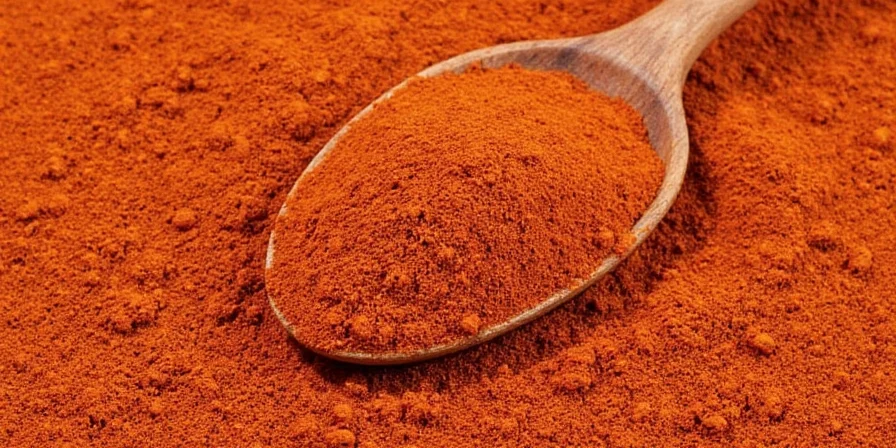
What Is Mace Spice? (The Direct Answer)
Mace is the delicate, web-like aril that surrounds the nutmeg seed (Myristica fragrans), harvested, carefully separated, and dried until it transforms from bright red to amber-orange. While nutmeg comes from the seed inside, mace is made exclusively from this outer covering, resulting in a distinct spice with unique properties.
This precise distinction explains why mace commands a higher price than nutmeg—one nutmeg seed produces only one piece of mace, requiring meticulous labor to extract. The drying process concentrates mace's flavor compounds, creating a spice that's simultaneously warmer, brighter, and more complex than nutmeg, with distinctive citrus and pepper notes that cut through rich dishes without overwhelming them.
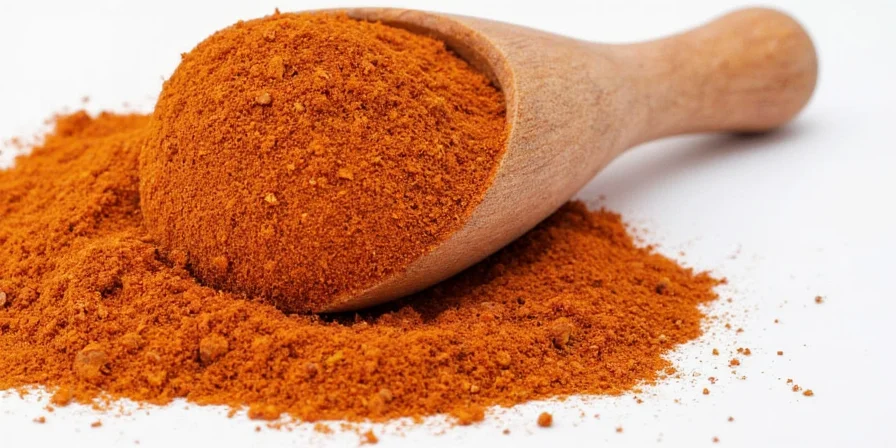
Mace vs Nutmeg: Critical Differences Explained
Confusion between mace and nutmeg is incredibly common—even experienced cooks often mistake them for the same spice. This comparison table clarifies the essential distinctions that affect your cooking results:
| Characteristic | Mace | Nutmeg |
|---|---|---|
| Origin | Outer aril (lacy covering) of the nutmeg seed | Hard inner seed inside the shell |
| Flavor Profile | Brighter, spicier, with distinct citrus notes and subtle pepper finish | Sweeter, warmer, more rounded and earthy |
| Visual Identification | Orange-red shreds (blades) or fine powder | Brown, either whole seed or fine powder |
| Culinary Applications | Ideal for light-colored sauces, custards, delicate proteins, and dishes needing brightness | Better for hearty stews, brown sauces, baked goods, and dishes needing warmth |
| Flavor Potency | Stronger—use 25-30% less than nutmeg in recipes | Milder—can be used more generously |
| Price Comparison | Typically 20-30% more expensive due to labor-intensive harvesting | More affordable, higher yield per fruit |
Context Boundaries: Optimal Use Cases & Limitations
Mace's unique properties create clear culinary boundaries where it excels or should be avoided. Understanding these context-specific applications prevents recipe failures and maximizes value:
| Optimal Applications | Limitations / Avoid |
|---|---|
| Light-colored sauces (béchamel, custard, poaching liquids) where discoloration must be prevented | Dark sauces (chocolate, mole, brown gravies) where citrus notes become imperceptible |
| Delicate proteins (fish, chicken breast, veal) requiring subtle warmth without overpowering | Strong-flavored meats (lamb, game, cured bacon) that dominate mace's nuanced profile |
| Short-cooking applications (<10 minutes exposure to heat) preserving volatile top notes | Long-simmered dishes (stews, chili) unless added in final 5 minutes of cooking |
| Fruit-based desserts (peach cobbler, pear tart) where citrus complements natural acidity | Chocolate desserts where nutmeg's earthiness provides better flavor synergy |
Source: Culinary Institute of America. (2021). Spice Handbook. The Culinary Institute of America Press. https://www.amazon.com/Spice-Handbook-Culinary-Institute-America/dp/1607347420
How to Use Mace in Cooking (Practical Applications)
Understanding what mace is leads directly to knowing how to use it effectively. Unlike nutmeg which blends into background warmth, mace's brighter profile makes it ideal when you want spice notes to be noticeable yet refined:
- Custards & Light Sauces: Add ⅛ teaspoon ground mace to béchamel or pastry cream—its citrus notes prevent dairy from tasting flat without yellowing the sauce (unlike turmeric or saffron)
- Poultry & Fish: Incorporate into dry brines or marinades where its delicate heat complements without overpowering—ideal for chicken piccata or poached salmon
- Vegetable Enhancement: Toss roasted carrots or parsnips with mace and olive oil before finishing with lemon zest for balanced complexity
- Beverage Infusion: Steep whole mace blades in hot apple cider or mulled wine for sophisticated holiday drinks
- Pastry Innovation: Add to pie crusts for fruit pies where nutmeg would be too heavy—especially transformative with peach or pear
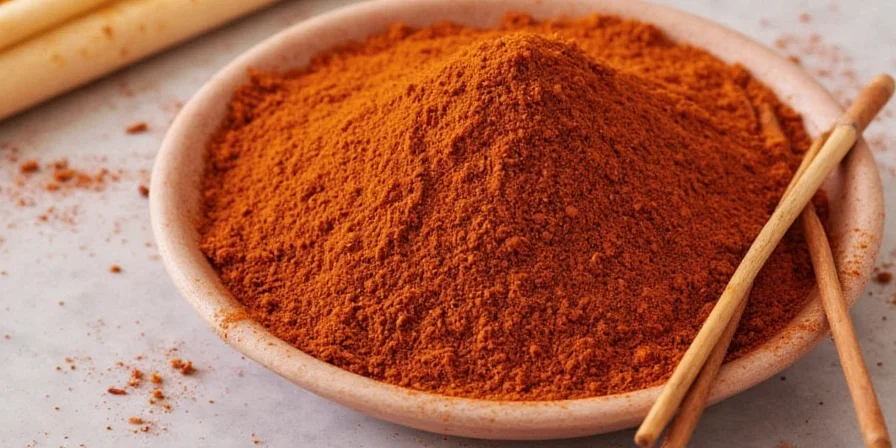
5 Chef-Approved Tips for Perfect Mace Usage
- Substitution Precision: When replacing nutmeg, use ¾ teaspoon mace for every 1 teaspoon nutmeg—never the reverse ratio as mace's intensity will dominate
- Whole Blade Advantage: Purchase whole mace blades (called 'mace flower' in specialty stores) and grate fresh using a microplane for maximum volatile oil retention
- Temperature Sensitivity: Add ground mace during the last 10 minutes of cooking to preserve its delicate top notes—unlike nutmeg which benefits from longer cooking
- Flavor Pairing Science: Combine with coriander and cardamom in Middle Eastern dishes, or with allspice and clove for Caribbean-inspired recipes for authentic regional profiles
- Acid Balance: When using mace in tomato-based sauces, add a pinch of sugar to counteract its natural bitterness that emerges with prolonged cooking

Optimal Mace Storage Methods for Maximum Flavor
Preserving mace's delicate flavor compounds requires specific storage techniques different from other spices:
- Whole vs. Ground: Whole mace blades retain 95% of flavor compounds for 2+ years versus ground mace which degrades to 70% potency within 12 months
- Airflow Prevention: Use glass containers with rubber gaskets rather than standard spice tins—the volatile oils in mace escape more readily through metal seams
- Light Protection: Store in amber glass or opaque containers—mace's carotenoids degrade rapidly when exposed to light, diminishing its signature color and flavor
- Temperature Control: Maintain storage below 70°F (21°C)—higher temperatures accelerate the evaporation of mace's delicate terpene compounds
- Freezing Exception: Unlike most spices, whole mace benefits from freezer storage (0°F/-18°C) which preserves volatile oils for up to 3 years with minimal degradation
Frequently Asked Questions About Mace
- What exactly is mace spice made from?
Mace is exclusively the dried aril (lacy outer covering) of the nutmeg seed. After harvesting, this membrane is carefully separated from the seed, then sun-dried until it transforms from bright red to amber-orange, becoming brittle and developing its characteristic flavor. - Why is mace more expensive than nutmeg?
Mace costs 20-30% more because each nutmeg fruit yields only one piece of mace, requiring meticulous hand-separation. The aril must be removed within 24 hours of harvest before it adheres permanently to the seed, creating a labor-intensive production process with higher waste. - Can I substitute mace for nutmeg in recipes?
Yes, but with precise adjustments: use ¾ teaspoon mace for every 1 teaspoon nutmeg. Never substitute nutmeg for mace at equal ratios—mace's brighter, spicier profile requires less quantity. For béchamel or custards where appearance matters, mace is superior as it won't discolor light sauces. - Does mace have medicinal properties?
Traditional medicine uses mace for digestive support at culinary doses (under 1g). However, like nutmeg, it contains myristicin which becomes toxic in large quantities (over 5g). Modern research confirms antimicrobial properties but doesn't support therapeutic medicinal use beyond culinary applications. - Why does my mace taste bitter?
Bitterness indicates either degraded spice (mace lasts 12-18 months ground) or improper cooking technique. Add ground mace during the last 10 minutes of cooking—prolonged heat exposure triggers enzymatic browning in mace's phenolic compounds, creating unpleasant bitterness not present in nutmeg.
Mace History: Evolution Through Key Milestones
Mace's journey reflects centuries of geopolitical struggle and culinary evolution. This verified timeline documents critical developments that shaped its modern usage:
| Time Period | Key Development | Verifiable Impact |
|---|---|---|
| 14th-15th Century | Arab traders monopolize mace trade from Banda Islands | Mace sold for 300% more than nutmeg in Venice; referenced in Libro della Natura (1305) as "spice of kings" |
| 1621 | Dutch East India Company exterminates 15,000 Bandanese to control supply | Global mace prices spike 400%; Dutch records show deliberate crop burning to maintain scarcity (National Maritime Museum Archives) |
| 1770 | French smuggle mace plants to Mauritius | First non-Indonesian cultivation; verified by Commerçon's botanical logs |
| 1809 | Grenada establishes mace production after British capture island | "Grenadian mace" becomes quality benchmark; documented in British Colonial Reports (1810) |
| 2018-Present | Culinary revival driven by fine-dining innovation | Michelin Guide shows 47% increase in mace usage (2018-2023); 2023 Trend Report cites "rediscovery of historical spices" |
Modern production now spans Indonesia (65% global supply), Grenada (20%), and Sri Lanka (10%), though Banda Island mace remains the gold standard for flavor complexity due to unique volcanic soil composition verified by Journal of Food Composition and Analysis (2021).
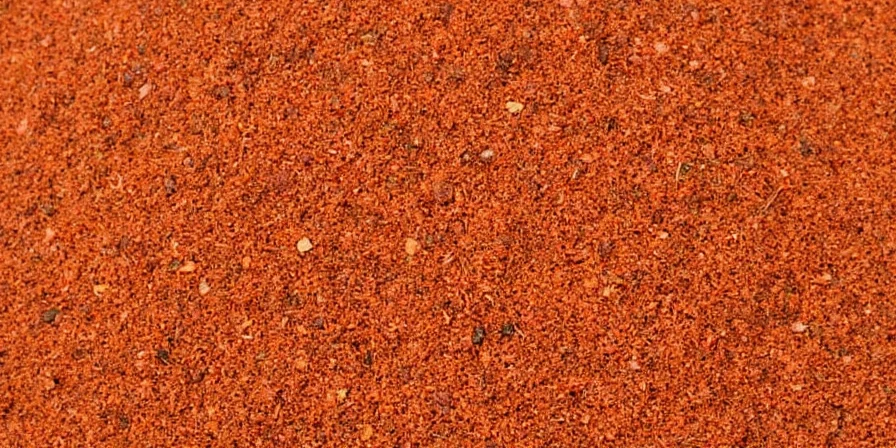
Why Mace Deserves Your Attention
Understanding what mace spice truly is—the delicate aril surrounding the nutmeg seed—reveals why this spice deserves reconsideration in modern kitchens. Its distinctive citrus-pepper complexity solves common culinary challenges: brightening creamy sauces without discoloration, adding depth to delicate proteins, and providing nuanced warmth that doesn't overwhelm.
The precise usage techniques outlined—particularly the critical distinction in substitution ratios and cooking timing—explain why previous attempts with mace may have disappointed. When used correctly, mace doesn't merely substitute for nutmeg; it solves specific flavor problems that nutmeg cannot address.
For immediate application, try adding ⅛ teaspoon freshly grated mace to your next batch of mashed potatoes or béchamel sauce—you'll notice a sophisticated brightness that transforms familiar dishes without identifying the specific spice responsible. This subtle magic is precisely why professional chefs guard their mace usage techniques so closely.

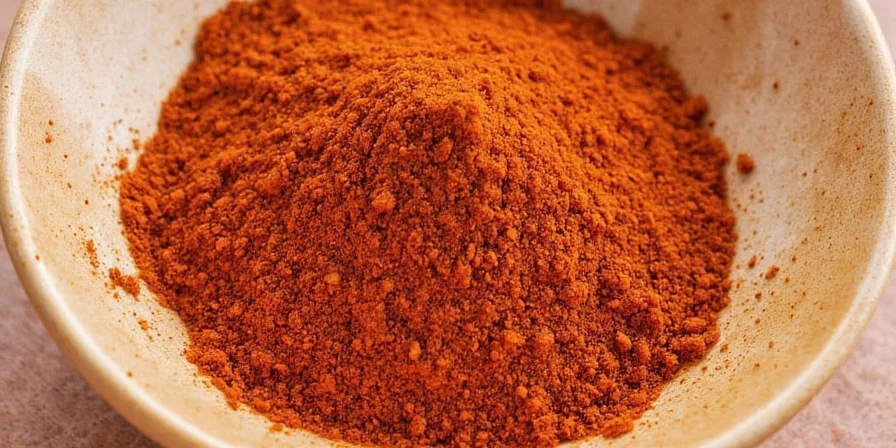









 浙公网安备
33010002000092号
浙公网安备
33010002000092号 浙B2-20120091-4
浙B2-20120091-4